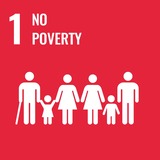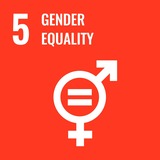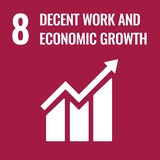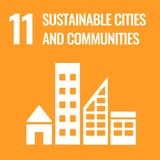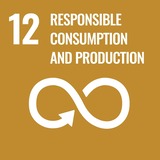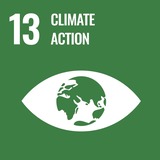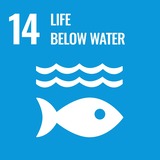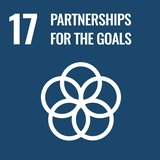Plastic
Perspectives
Report 2024
Understanding Plastic and Recycling Attitudes in the US.

Intro
In 2022, Greenpeace revealed that the United States recycles around 5% of its plastic waste each year. This sobering reality actually shows a decline in recycling rates across recent years.
As global waste production continues to grow, massive gaps have emerged in how nations approach waste and recycling. Multiple reports have condemned the US for recycling considerably less than other developed countries.
So why is this happening?
Understanding waste and recycling trends in the US is complicated because most decisions are made at a state level. Recycling rates vary nationwide, and the federal government enforces very few laws. One investigation found that Michigan, Indiana, and Illinois were the most wasteful states per capita (Hey Sunday, 2023), while Maine consistently seemed to recycle the most, according to data from 2021.
We wanted to dig deeper to discover what stands in the way of recycling efforts in the US.
So at the start of 2024, we surveyed 965 people nationwide to learn more about how they recycle, their limitations, and what they feel needs to be done to improve recycling practices.
Here’s what we found:
Key Takeaways
1
87% of respondents recycle at home, suggesting that a large number of people know that recycling is beneficial and do so when possible
2
Three-quarters of people who took part in our survey want the US government to make recycling more accessible, showcasing that even in 2024, there are many barriers to recycling across the country
3
Despite awareness about the negative impacts of plastic, one-third of people surveyed find it impossible to avoid single-use plastics
4
Businesses urgently need to step up. Around 79% of respondents think brands should be doing more to tackle plastic pollution
5
Microplastics and the repercussions they have on human health are a big worry for Americans, with 84% of respondents saying they were ‘somewhat concerned’ or ‘very concerned’
Your brand can be part of the solution.
Prevent plastic pollution with every purchase, or collect more plastic than you produce.
Our Findings
Do you recycle at home?

Most respondents said they actively engage with recycling initiatives at home, suggesting a growing sustainable awareness among consumers.
However, recycling regulations vary from state to state, and only half of Americans have access to automatic curbside recycling. While the incentive is there among many citizens, accessibility to at-home recycling initiatives needs urgent improvement.
Survey respondents believe the biggest barriers to recycling in 2024 are:

As the US doesn’t have a national law that mandates recycling, some people, depending on where they live, will need to pay extra for waste management bills.
Despite growing awareness about the importance of recycling, it's not encouraging that access to facilities and cost pose some of the biggest barriers.
Others also entered their own answers, citing convenience and suggesting they did not trust that their items would actually be recycled.
When you break this down even further, older respondents identified different setbacks to young people.
Our survey found that people over 45 believe motivation is the biggest hurdle to recycling (33%), and people between 18 and 29 say access to facilities is their biggest challenge (32%).
When asked if there were recycling facilities in their workplace respondents stated…

Recycling is crucial at home and in the workplace, as workers generate a lot of waste in their offices. Whether sipping coffee in a takeaway cup, grabbing a sandwich in plastic packaging, or burning through plastic pens that’ll end up in a landfill, workplaces urgently need to help staff deal with waste.
More than a quarter of people in this survey don’t have access to, or are unaware of, recycling facilities in their workplace.
This highlights a significant gap in workplace recycling initiatives in the US and suggests that some US employers can do more to incentivize their workforce while showing a commitment to ESG initiatives.
Just 19% of respondents are ‘very confident’ that their plastic waste gets recycled.
Our survey showed people across all age groups have similar skepticism about recycling, with 35% overall admitting they were “not confident” their waste is recycled.
Do you know which materials can be recycled in your state?

Roughly three-quarters of respondents were confident about which materials can be recycled in their state, while just under a quarter weren't.
A small proportion admitted they were unsure about certain materials but did their best.
Although most people say they know what can be recycled, contamination of recycling collections is a huge problem worldwide.
‘Wish-cycling’ occurs when well-intentioned people place items into recycling that actually aren’t recyclable.
A previous study by the Pew Research Center found that 59% of Americans believe ‘most types of items’ can be recycled and mixed recycling is easily sorted — even though this isn’t the case.
When asked if the US government needs to implement more measures to make recycling accessible, the overwhelming response was yes.

Most recycling efforts are state-led — meaning each region has its own set of recycling rules — but more needs to be done at a federal level.
This could come from investments in recycling infrastructure, education initiatives, and implementing more policies to encourage circularity.
Almost half of those who participated in our survey said they’re happy paying extra for sustainable packaging, while many wish they could but feel limited by cost.

A lot of respondents said it depended on how much more the sustainable packaging would cost them, suggesting a big price difference may serve as a deterrent.
Those who said they earned more than $150,000 a year were 53% more likely to pay for sustainable products than people earning less than $24,999.
Around the world, countless national and international initiatives are emerging that embrace sustainable practices, aim to reduce emissions and eliminate single-use plastic. While these goals are great, wide-scale adoption will be challenging unless brands make products that are economically viable.
Younger people find it harder to support sustainable brands because of the rising cost of living.

71% of people between 18 and 29 said they struggle to shop sustainably because of the cost of living crisis.

59% of people over 45 believe rising costs made it harder to shop sustainable.
While both statistics are high, the rising cost of living is disproportionately impacting the purchasing habits of younger people — even though they tend to be more sustainably aware.
Many want to support sustainable brands, but some simply can’t afford to. The financial limitations of the sustainable product market need to be addressed to appeal to future shoppers. Making products more affordable will help unlock inclusivity and broaden appeal, and it’s key to helping the sustainable market grow.
When asked what types of products do you think produce the most plastic waste…
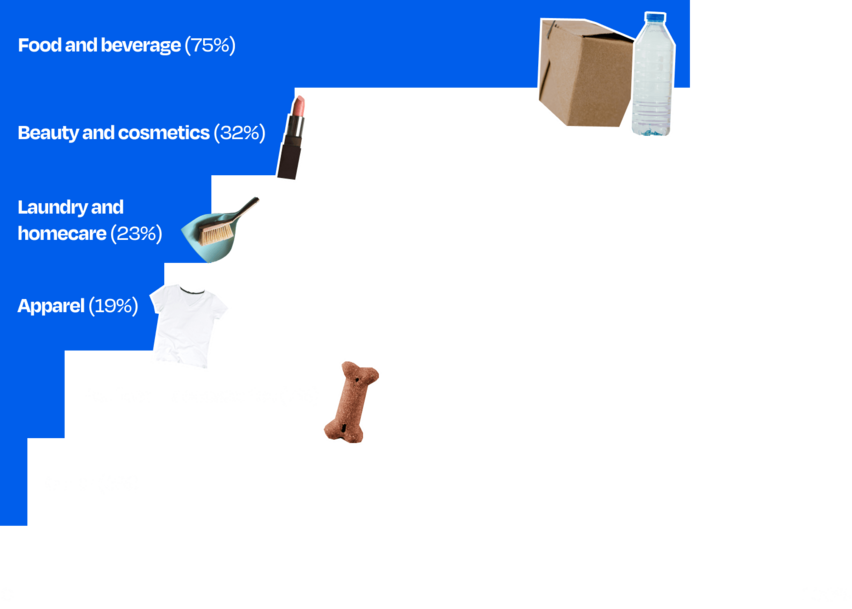
Food and beverage wrappers, bottle tops, plastic bags, and straws are some of the most significant contributors to plastic waste, indicating that most Americans have a basic understanding of general packaging waste.
In the food industry, plastic packaging is also difficult to avoid. Manufacturers use cheap plastic wrapping to preserve freshness and prevent contamination from meat products.
It’s also lightweight and practical, often appealing to customers despite its poor environmental footprint.
Your brand can be part of the solution.
Prevent plastic pollution with every purchase, or collect more plastic than you produce.
A third of people surveyed find it impossible to avoid single-use plastics.

The US has tracked gradual increases in recycling rate since the 1960s, when just 7% of waste was recycled. However, this accounts for all materials. When it comes to just plastic waste, recycling rates have actually dropped in recent years, from 9% in 2018 to 5% today.
This highlights the scale of the plastic pollution crisis we’re facing and showcases that much more needs to be done to help consumers shop sustainably.
In 2023, Reuters warned that if we continue on our current trajectory, plastic output will double by 2050.
To prevent this from becoming a reality, we need to make a systemic change in the way the world relies on plastic — and this will require collaboration from governments, businesses, consumers, and even plastic manufacturers.
Just one-fifth of respondents believe brands do enough to combat plastic pollution.
When asked if you think brands are doing enough to tackle plastic pollution...

This shows that consumers want brands to help them make decisions that support the environment.
It’s now impossible to ignore the rise of the conscious consumer, which describes shoppers using their purchasing power as a source of good.
With increasing knowledge about the state of our environment at their fingertips, conscious consumers aren’t afraid to hold brands accountable and demand change to improve our world — which is why this survey result is hardly surprising to us.
Brands can grow customer loyalty by switching
to sustainable packaging, supporting environmental initiatives, and adopting a proactive approach to the planet.
Governments worldwide have also started enacting Extended Producer Responsibility (EPR) policies and a slew of new anti-greenwashing laws to hold businesses accountable. If anything, brands are being encouraged from all sides to do their bit for the planet.
And finally, if you could have one wish for the future of recycling in America, what would it be?

Every household or workplace should have recycling.

Have can and bottle redemptions in more states and more places that pay for metal and plastics.

Make it affordable and easier to recycle what you have.

The government should take a more active stance.

Educate the public on the importance of recycling.

Make it mandatory
We had a mixed response when we asked about the future of recycling in the US. Still, some of the main messages included more incentives, education, and general awareness about plastic recycling.
How has recycling in the US evolved over time?
The US has tracked gradual increases in recycling rate since the 1960s, when just 7% of waste was recycled. However, this upward trajectory has dropped in recent years, from 9% in 2018 to 5% today. This is linked to China’s ban on recycling waste imports, which meant many countries were forced to reassess what to do with their recycling waste.
To address this, there has been some expansion at recycling centers in the United States. As a result, the US recycling market size grew 3.6% per year between 2018 and 2023 and is now worth $9.2 billion.
However, the reality is that US recycling has a long way to go.
Currently, recycling initiatives in the US are fragmented. And, positive news about recycling is often overshadowed by the myriad of challenges facing sustainability goals.
Some local governments have stopped curbside recycling collection programs due to costs and equipment shortages. An article published by Columbia Climate School starkly warned that “recycling in the US is broken,” and investigations recently found that some “advanced recycling” plants had worse environmental footprints than virgin plastic manufacturers.
In addition, the US urgently needs to address the amount of plastic it exports and ships overseas.
In 2022, the country reportedly exported around 952 million pounds of scrap plastic to foreign countries, sending waste to far-flung locations like Malaysia and India. This came despite 187 countries agreeing to a landmark treaty to restrict plastic waste trade from richer countries to poorer nations starting in 2021.
What does the future hold?
According to the EPA, the US has outlined its ‘National Recycling Goal’ to recycle 50% of waste by 2030. The organization states this could reduce landfill waste and improve economic security while creating new jobs.
On top of that, some new legislation has been proposed in the US to curb unnecessary waste and improve recycling practices.
In 2023, Senator Sheldon Whitehouse and Representative Lloyd Doggett reintroduced the Rewarding Efforts to Decrease Unrecycled Contaminants in Ecosystems (REDUCE) Act. If approved, the legislation would lead to a tax on virgin plastic production and the creation of the Plastic Waste Reduction Fund.
The politicians hoped that money raised from the taxes would be invested in the fund, helping to boost recycling initiatives and infrastructure. However, little has been said about the bill's progress since late 2023.
Achieving these optimistic goals faces challenges, but it’s not impossible. Examples such as Italy, which reportedly recycles 80% of its municipal waste yearly, show that large-scale recycling is possible through impactful nationwide legislation, education, and investments in recycling infrastructure.
Methodology
We conducted this research to learn more about recycling habits and attitudes toward plastic, surveying 965 people over the age of 18 in the United States.
There was a roughly even split between male and female respondents, as well as between the age brackets: 18-29, 30-44, 45-60, 60+. We had people from all regions of the US, except from overseas territories, take part.
The overall earnings of those who participated in the survey ranged from 0 to $200,000+. However, many respondents said their income was between $25,000 and $49,999 per year.
Our online survey included 15 questions related to recycling and consumer trends. CleanHub gathered the responses in February 2024.
Your brand can be part of the solution.
Prevent plastic pollution with every purchase, or collect more plastic than you produce.
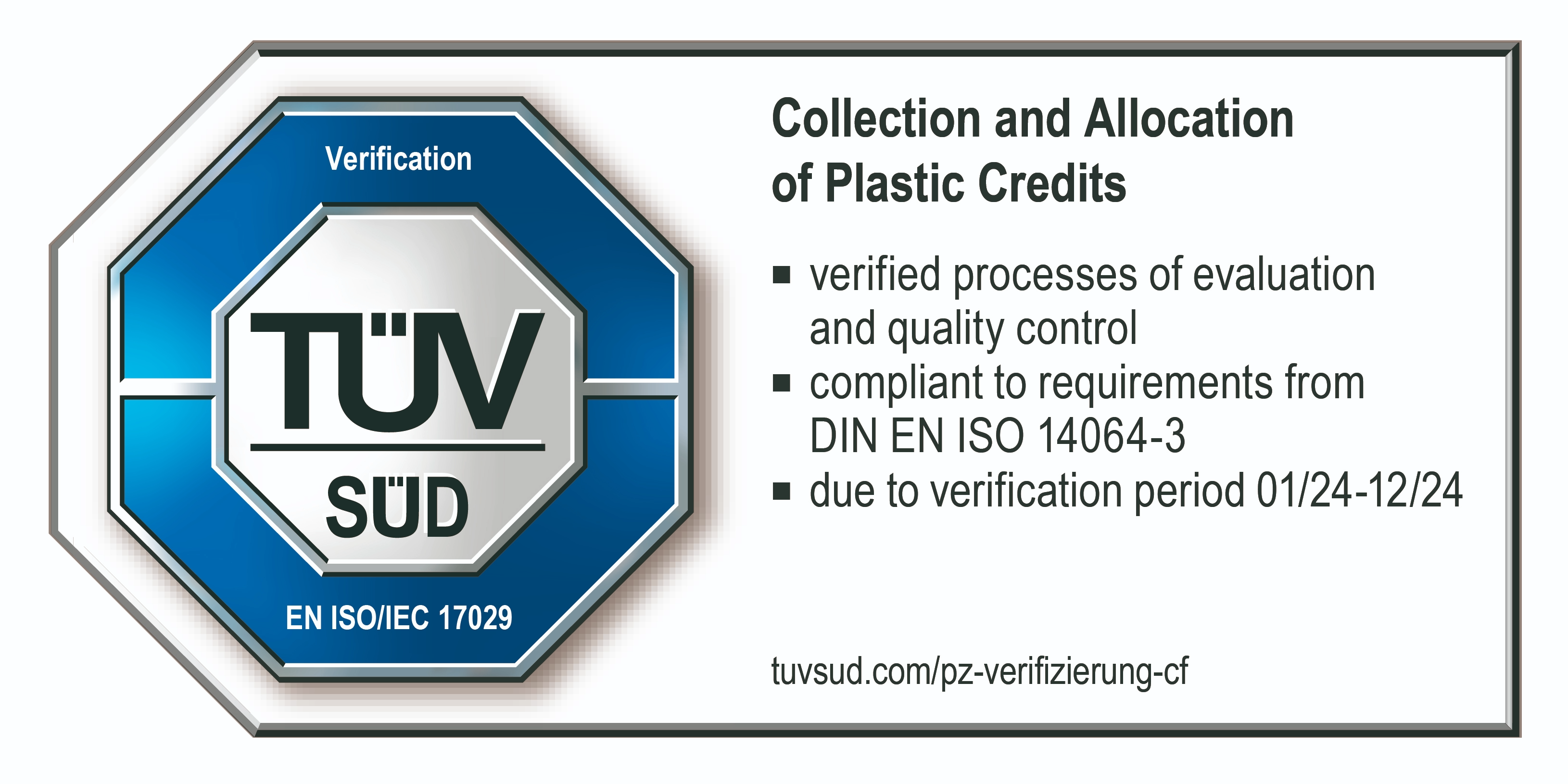
We're the first plastic credit system verified by TÜV SÜD
Subscribe to receive monthly insights. Plus, we’ll collect 1kg of plastic on your behalf.

